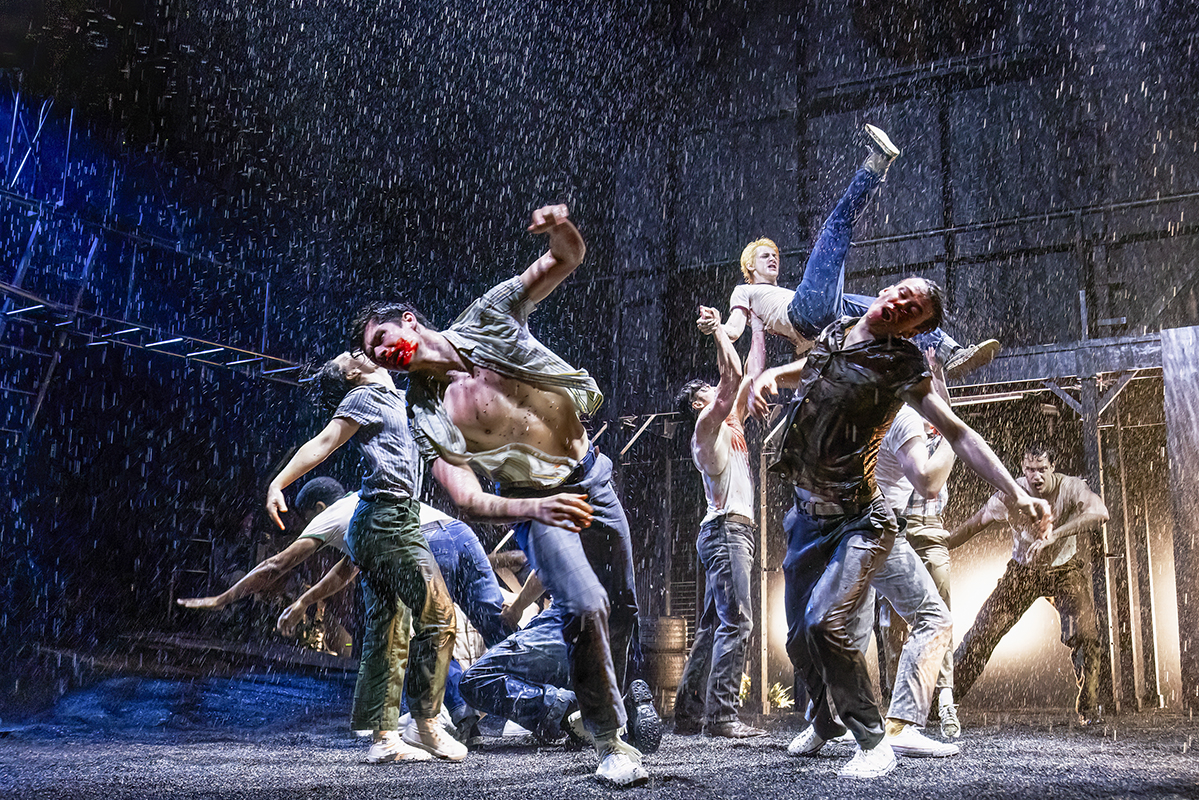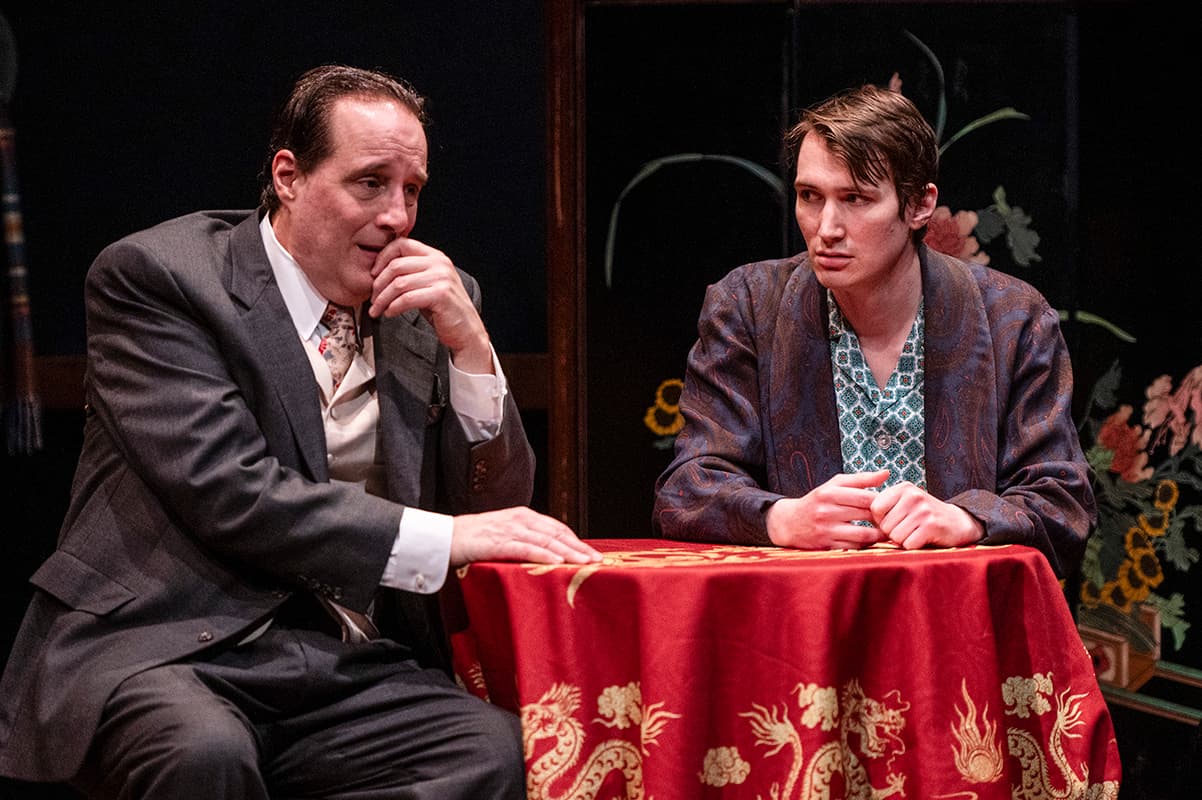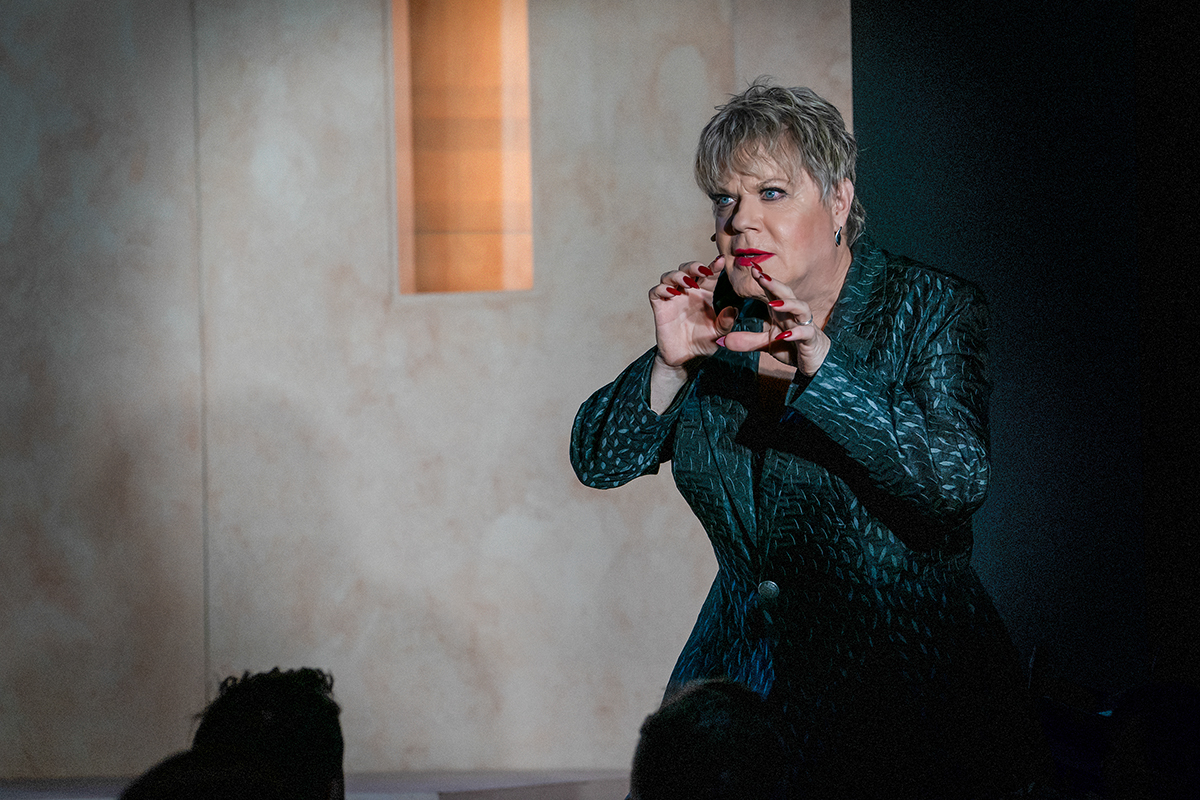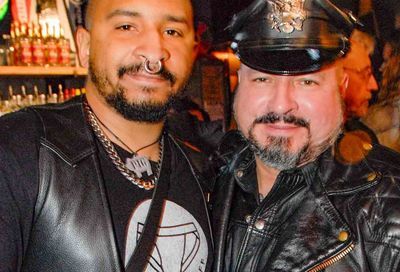‘Renfield’ Review: Drained
Nicolas Cage plays the infamous Count Dracula in 'Renfield,' an overcooked clash of genre and tepid grasps at modernization.

Pity poor R. M. Renfield, the doomed, insect-guzzling servant of Count Dracula. Not only is he driven mad and fated to spend his days ranting and raving in a lunatic asylum, but, during the century and change since Bram Stoker’s novel was first published, he has amassed a fraction of the infamy and name recognition of his more elegant master.
Even in the brilliant screen adaptations of Dracula, where he’s been memorably portrayed by greats like Alexander Granach (in 1922’s silent Nosferatu), Dwight Frye (as a wide-eyed madman in 1931’s Dracula), and Tom Waits (chewing the scenery, and bugs, in 1992’s Bram Stoker’s Dracula), Renfield is perpetually overshadowed by the blood-sucking count.
Universal’s new Renfield (★★☆☆☆), a big-budget spinoff of the Dracula story, set in present-day New Orleans, promises to give the character his overdue shine. Unfortunately, the film is an overcooked clash of genre and tepid grasps at modernization, whose greatest asset is — you guessed it — Dracula himself, played by a glammed-up, fang-gnashing Nicolas Cage. There are many cooks in the kitchen — director Chris McKay, screenwriter Ryan Ridley, story writer Robert Kirkman, star Nicholas Hoult — but Cage will be the main attraction for most moviegoers.
Renfield is being touted as the latest entry in Cage’s career comeback, though, like last year’s self-referential The Unbearable Weight of Massive Talent, it has its roots in the actor’s past. One could say Dracula is in Cage’s blood. As a child, he was haunted by Max Schreck’s grotesque performance in the German expressionist masterpiece Nosferatu. He later paid homage to Schreck’s moves in 1989’s cult favorite Vampire’s Kiss, playing a deranged man who believes he’s turning into a vampire.
In 1992, Cage was wounded when his uncle, Francis Ford Coppola, declined to give him a role in Bram Stoker’s Dracula. “Dracula is one of my favorite characters in literature,” Cage later told a Playboy interviewer. “Much of my lifestyle is modeled after him.”
Finally, Cage gets his chance. He revels in playing the undead vampire, culling from the creepy elegance of Bela Lugosi and the high-camp flamboyance of Christopher Lee alike, even reprising his highfalutin, faux-British accent from Vampire’s Kiss.
Striking a juicy balance between sadistic villainy and comic absurdity, and decked out in an array of red-velvet suits, Cage steals the show, modernizing Dracula as an abusive boss with decomposing flesh who bullies Renfield into bringing him what he needs to regain his strength: “I don’t ask for much. Just the blood of a few dozen innocent people!”
But Renfield never amounts to a story worthy of that performance. This is the kind of “horror comedy” in which the jokes are chuckle-worthy at best (there are numerous digs at ska music) and the horror is dulled by the winking, isn’t-this-wacky tone.
As the film’s narrator and hero, Hoult does his best, bypassing his hunkish good looks to play Renfield as a hapless if charming dweeb eager to escape the overbearing sway of his diabolical boss. The familiar backstory is told in hasty flashbacks, in which Hoult and Cage are digitally superimposed over footage from the 1931 classic. (“I never drink… wine,” Cage deadpans in an uncanny Lugosi impression.)

The story picks up in modern-day New Orleans. Dracula is holed up in a hospital basement, burned, weakened, and, worst of all, spurned by his servant after some kind of accident. He’s desperate for blood. Renfield, meanwhile, spends his days attending Codependents Anonymous meetings, using therapy-speak to unpack his relationship with Dracula, a fitfully amusing gag that the screenplay rams into the ground.
As Dracula reemerges to take revenge on his old lackey, Renfield falls in love with a driven and disgruntled traffic cop, Rebecca (Awkwafina), who is set on investigating the local mob that killed her father. Meanwhile, the mob family’s snot-nosed son, Tedward (Ben Schwartz), falls under Dracula’s sway and becomes his new servant.
Bafflingly, Renfield’s second act gets bogged down in a generic cops-vs.-mobbers side plot, as though the screenwriters didn’t trust that the rapport between Renfield and Dracula, ostensibly this movie’s raison d’être, would be enough to hold the audience’s interest.
All this plot, which is too convoluted for the film’s tight 93-minute runtime, is an excuse to jam up the picture with high-octane fight scenes swathed in CGI gore. Such scenes feel inspired only when Dracula is around to bring some visual verve and supernatural villainy to the screen effects, as when Cage and Awkwafina have a showdown while levitating over a “protection circle.”
When it comes to visuals, the best Dracula films wrought creepiness from restraint: Bela Lugosi’s glowing eyes in the 1931 flick, Christopher Lee’s crumbling into dust in the 1958 remake. Coppola heightened the gothic atmosphere of Bram Stoker’s Dracula by employing old-fashioned practical effects and emphasizing the story’s erotic charge.
Renfield knows no such subtlety. The action sequences are numbing and overloaded, lacking any grasp of suspense. Director McKay splurts blood everywhere the way mediocre restaurants douse salads in ranch dressing. As the person in the seat next to me wondered aloud at one point, “Do we even have that much blood in our bodies?” If we did, perhaps Dracula wouldn’t be so short on nutrition.
It’s clear the film’s creators have real affection for Dracula’s cinematic history. Renfield is littered with clever winks and nods to previous adaptations, particularly the 1931 version directed by Tod Browning. In one scene, a police captain wears a badge that identifies him as “Captain Browning.” In another, Hoult imitates the braying laugh used by Dwight Frye as Renfield.
These are fun easter eggs, but in the context of Renfield, they are also tantalizing reminders of far more satisfying Dracula movies you could be watching instead.
Renfield is playing in theaters nationwide, including Alamo Drafthouse Cinemas. Visit www.drafthouse.com or www.fandango.com.
Support Metro Weekly’s Journalism
These are challenging times for news organizations. And yet it’s crucial we stay active and provide vital resources and information to both our local readers and the world. So won’t you please take a moment and consider supporting Metro Weekly with a membership? For as little as $5 a month, you can help ensure Metro Weekly magazine and MetroWeekly.com remain free, viable resources as we provide the best, most diverse, culturally-resonant LGBTQ coverage in both the D.C. region and around the world. Memberships come with exclusive perks and discounts, your own personal digital delivery of each week’s magazine (and an archive), access to our Member's Lounge when it launches this fall, and exclusive members-only items like Metro Weekly Membership Mugs and Tote Bags! Check out all our membership levels here and please join us today!


























